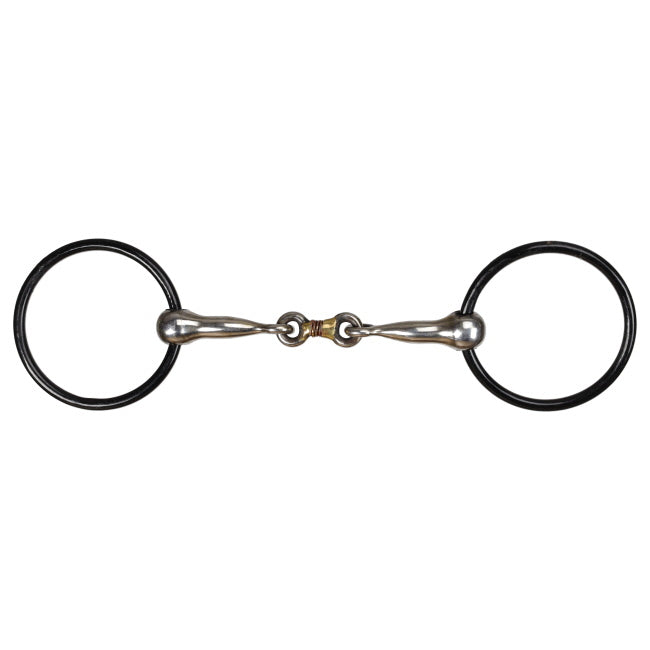Bull ropes come in two different materials: leather, a natural, durable material, and strong and synthetic
materials, which are becoming more popular because of decreased weight and flexibility.
Leather
Leather is the classic material for a bull rope. It is incredibly durable and withstands the wear and tear of
working with animals. However, not all leather goods are created equal. You will want to choose a bull
rope made from high-quality leather.
High-quality leather is tanned properly and thick enough to withstand the work of bull riding. Top-grain
leather is the best choice for your bull rope.
Synthetic Fibers
As the world moves towards synthetic materials, the world of bull riding also does. Synthetic bull ropes
have several advantages over leather bull ropes. Overall, synthetic bull ropes are lighter, easier to
handle, and more flexible.
Kevlar is one of the most popular synthetic materials for bull ropes. It is quite solid and durable while
also being resistant to heat. You want to choose a high-quality synthetic bull rope.
Bull Rope Construction
Plait Count
Bull ropes are braided strands to make a stronger and thicker rope. The higher the number of strands, or plait count, the stronger the rope. However, a higher plait count will also make the bull rope heavier. Most riders choose a plait count close to a 10 to balance strength and weight.

Handle Specifications
Riders are usually very particular about their handle specifications. You will want to look at the handle,
texture, length, and thickness. Each rider will prefer a different style based on their grip strength, hand
size, and personal preference.
Tail Length
The remaining portion of the bull rope beyond the handle is the tail. Each rider will prefer a slightly
different length to balance weight and control. Longer tails give more leverage but are heavier.
However, shorter tails give you less control and reach.
Comfort and Fit
Rider Grip
The bull rope's handle and grip are critical to a successful ride. While many handles have a built-in grip,
many riders add extras, like rosin, to increase the grip. Most grips are made from leather or suede to
combine comfort and avoid slipping.
Wrist Loop Design
Bull ropes are usually equipped with a wrist loop. This loop adjusts around the rider’s wrist to increase
control and grip. Choosing a comfortable material to keep this loop durable and comfortable is
important. Additionally, the wrist loop is a safety feature. In an emergency, the rider should let go of the
rope for safety and release the wrist loop.
Safety Features
Proper Bell Attachment
The bell is a piece of metal that goes around the bull’s neck. When riding, the bull rope is attached to
the bell to prevent it from slipping away during the ride. A proper bell attachment firmly holds the bull
rope in place without risking any injury to the rider.
Quick Release Mechanism
When bull riding, there are situations where a rider will need to release the bull rope. Adding a quick-
release mechanism will allow a rider to bail away quickly without getting tangled up in the rope.
This is a huge safety concern, and a good quick release can help prevent serious injury.







